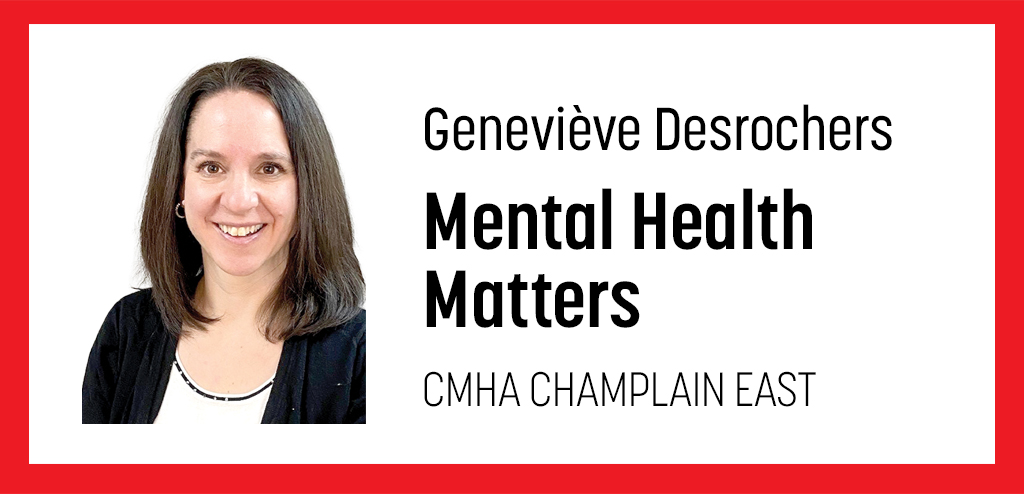In our daily lives, we often face various stressors that bring us in a stress cycle that can feel hard to stop. The stress cycle is the process your body goes trough when responding to emotional and physical stressors or a perceived threat. In their book Burnout: The Secret to Unlocking the Stress Cycle, coauthors Emily Nagoski PhD and Amelia Nagoski DMA, mention that in order to avoid burnout and emotional exhaustion, we need to complete the stress cycle. This means that we need to find ways to let our body know that our perceived threat is no longer present, thus, we can stop being stressed.
The Nagoskis share 7 evidence-based strategies to complete your stress cycle:
- Exercise
According to the Nogoskis, exercise is the first line of attack to prevent burnout. Exercise can be running, dancing, swimming, fast walk, etc. You can aim for 20 to 60 minutes a day.
- Positive social interaction
People with more acquaintances are happier. Try to have more casual but friendly social interaction. For example, smile and say thank you to the cashiers at the grocery store, compliment the waiters or waitress at the restaurant. This helps your brain recognize that there are nice people in this world.
- Laughter
Try to laugh with someone or remember a time you laughed together. Doing this increases relationship satisfaction. To release stress, belly laughs are the best; the ones that are deep and helpless.
- Affection
A deeper connection with someone you love, respect and trust is sometimes called for. You can hug them for 20 seconds. Completing the stress cycle can be done as well by petting a cat or a dog for a few minutes.
- Crying
Bursting into tears can relieve you from the weight of whatever made you cry. You may not change the stressful situation that way, but you do complete the stress cycle.
- Creative expression
Engaging in creative activities, such as painting, music, storytelling, drawing, etc., leads to more energy and enthusiasm. Various forms of art create a context that encourages expressing and moving through your big emotions.
- Breathing
To regulate your stress response, deep and slow breaths are the way to go. The Nagoskis suggest to breathe in to a slow count of 5, hold that breathe for 5, then exhale for a slow count of 10, and pause for another count of 5. Do that three times — for one minute and 15 seconds of breathing.
How do you know you have completed the stress cycle?
You might feel that your mood, mental state or physical tension has shifted. You can feel that something has changed in your body. Overall, you feel better than you felt before you applied one of these strategies.
Reference:
Nagoski A. & Nagoski E. (June 10, 2021). Feeling emotionally exhausted? 6 things you can do to release your stress. Ideas.Ted.Com. https://tinyurl.com/5aw4kf78
DO YOU NEED HELP?
Dial or text 2-1-1 for free and confidential service that easily connects people to the critical social and community supports they need.
If you are thinking of suicide, please call 9-8-8 which is a mental health crisis and suicide prevention line.
The information provided is not a substitute for professional advice. If you need advice, please consult a qualified health care professional. For further information or if you want to access our services at CMHA, please call 1-800-493-8271 or visit our web site at www.cmha-east.on.ca



